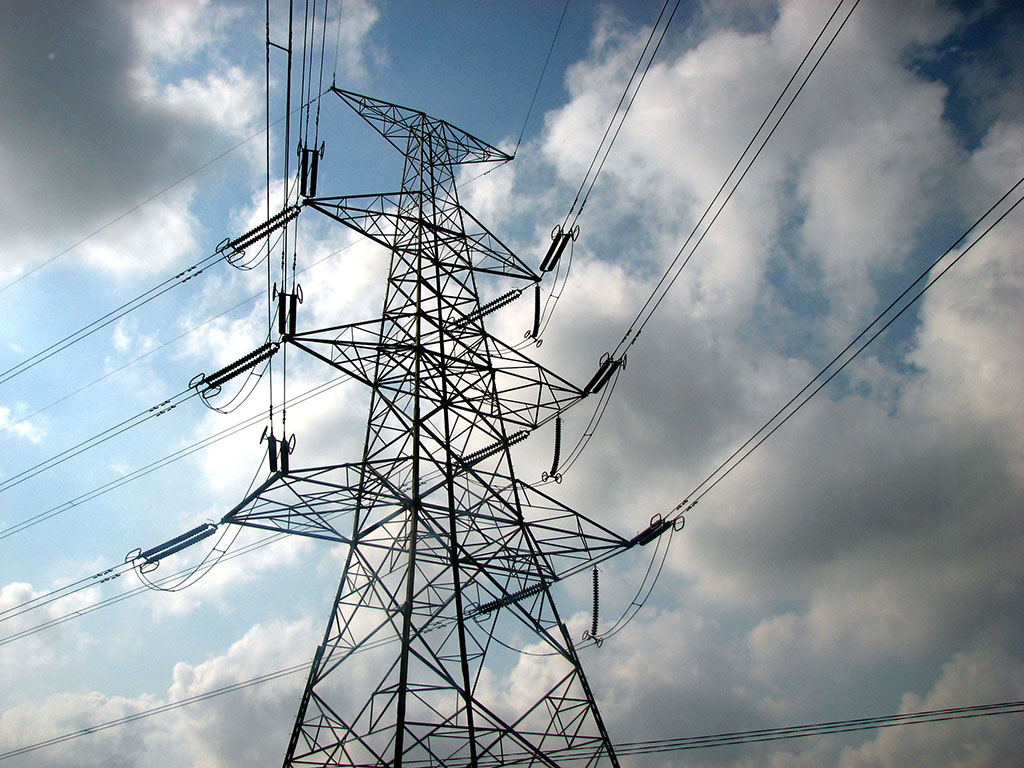Grid company System Operator for Northern Ireland (SONI) has announced a five-year plan to upgrade the electricity network in the province to be able to accommodate 95% renewable power.
A statement released by the grid operator yesterday revealed the electricity network can currently cope with an estimated 65% input from renewables in a province where wind power dominates the clean energy mix.
SONI managing director Jo Aston, however, said the grid operator was opening an investment program which will require around £500 million (€563 million) to be invested in upgrading infrastructure so a “world leading” amount of renewables could be accommodated within five years.
“The next 10 years will see the most radical transformation of the system since rural electrification,” said Aston. She added: “SONI will develop the infrastructure and operational requirements to facilitate this shift. We will be a beacon for decarbonization.”
Political paralysis
With Northern Ireland part of the United Kingdom, it was not made clear whether the money would come from Westminster or how the lack of a functioning government in the province may affect the program.
Northern Ireland has not had an executive authority at Stormont since January 2017, when Sinn Féin party deputy first minister Martin McGuinness resigned in protest at opposite number Democratic Unionist Party leader Arlene Foster refusing to step aside during an inquiry into a wood pellet renewable energy scheme which saw participants profit to the tune of an estimated £500 million of public money.
According to yesterday’s announcement, Northern Ireland hosts 1.6 GW of grid connected renewable energy capacity, a figure SONI expects will have to double by 2030 to achieve the province’s renewables ambition.
The SONI statement added, wind helped renewable energy supply 44% of Northern Ireland’s electricity during a recent 12-month period.
Solar has made some inroads in Northern Ireland, particularly in County Antrim, with utility NI Water installing a £7 million, 5 MW project at its Dunore Water Treatment Works on the eastern shore of Lough Neagh in May last year. And British developer Lightsource said it added 32 MW of solar capacity across five 5-10 MW facilities in Antrim in March 2017. An additional, 6 MW installation at Millar Farm in the county took the developer’s Northern Ireland solar portfolio to 44 MW, Lightsource said at the time.
This content is protected by copyright and may not be reused. If you want to cooperate with us and would like to reuse some of our content, please contact: editors@pv-magazine.com.




with what storage, mass renewable energy without storage 90%> is simply not possible without mass storage. Storage such as pumped hydro enables renewable energy to be produced on demand.